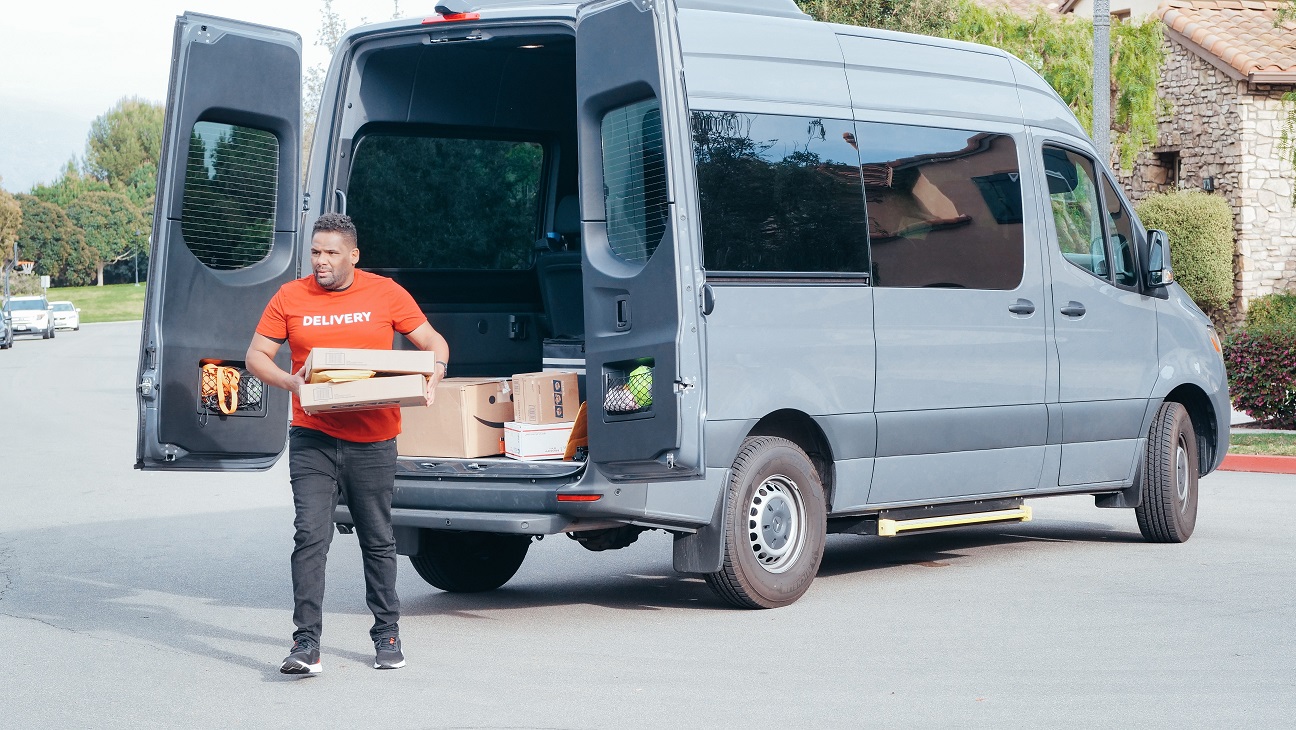How to become a self-employed courier driver

Becoming a self-employed courier driver is a great way to be your own boss, but it will mean hard work and lots of self discipline. This is because you will find yourself doing everything from making deliveries and invoicing to marketing and generating new business.
If youâre thinking of taking the plunge into self-employment as a courier driver, here are six tips to help you get started.
Photo by Tima Miroshnichenko from Pexels.
1 Get the right vehicle
First of all, youâll need a good reliable car or van in which to make your deliveries. The size of your vehicle will largely depend on how many deliveries you intend making and the size of the packages you envisage transporting.
You probably wonât need a long wheelbase Transit van, for example, if you intend to specialise in delivering small packages such as jewellery, letters or off-the-shelf medication.
Your vehicle should be fully serviced and, if required, have a valid MOT, road tax and insurance (which we will come to in more detail later in this blog).
2 Work out your earning potential
As with most self-employed jobs, the level of your income will largely depend on the amount of work youâre able to bring in. Broadly speaking, the more work you have, the longer you work, the further you travel and the more packages you deliver, the greater the rewards.
3 Register your courier business with the HMRC
You will need to register with the HMRC to get a Universal Tax Reference (UTR) number. You will need to record earnings and work-related expenditure and submit a self-assessment tax form at the end of the financial year.
You may consider hiring a bookkeeper or accountant to check over your financial dealings because you can be fined if you donât submit your self-assessment in time or you donât pay enough tax on your earnings.
4 Develop a customer base
As with any new business, it can take a while for your courier business to take off. You might start with simple adverts in corner shop windows but you can also advertise in newspapers and get your name out on social media.
You will need to set up a business email address, website and dedicated social media channels on which to promote the business and engage with customers, and potential customers. These will also give you the chance to publish favourable customer reviews.
You should also register with Google Business which is a free tool that allows you to customise the way your business appears on Google Search and on Google Maps. It enables you to connect with customers, post updates, list your products and services and accept online orders.
One of your best revenue streams might be repeat business, so ensure you do a good job, every time. Customers will not only seek out your services again, but they may well recommend you to others.
As well as the work you bring in yourself, many self-employed courier drivers also rely on contracts with other courier companies, which can help ensure regular cash flow.
5 Itâs not just about making deliveries
Being a self-employed courier driver means you will have to swiftly master the art of multitasking. As well as driving, delivering and logistics, you will have to be able to invoice, manage accounts, market yourself, generate new business, manage daily admin and, possibly when your business is established, recruit and train new staff.
If you are determined to go it alone there are many free online tools to help you get the job done.
Brightbook provides free and simple to use accounting and bookkeeping software.
Hootsuite allows you to take control of your social media marketing strategy and line posts up for the weeks ahead, with all of your accounts being managed in one place, which can save a lot of time.
Google Drive is a user-friendly cloud storage system on which you can upload and instantaneously share documents (such as work instructions, orders and invoices) with colleagues and customers.
Photo by Tima Miroshnichenko from Pexels.
6 Get the right insurance
Standard car or van insurance is insufficient if you are a courier driver. You will need specialist courier van insurance cover. Read this blog to learn more about the levels of cover available, and the benefits and extras available with our courier van insurance.
You can get a swift quote today by calling 0808 506 1122 â 79.5% of all customers receiving an online quote in July 2020 could have obtained a cheaper quote over the phone, based on the information they provided.
And if youâre worried that courier van insurance will cost extra, read our blogs on How much courier van insurance costs and 15 ways to save money on the cost of your van insurance.








